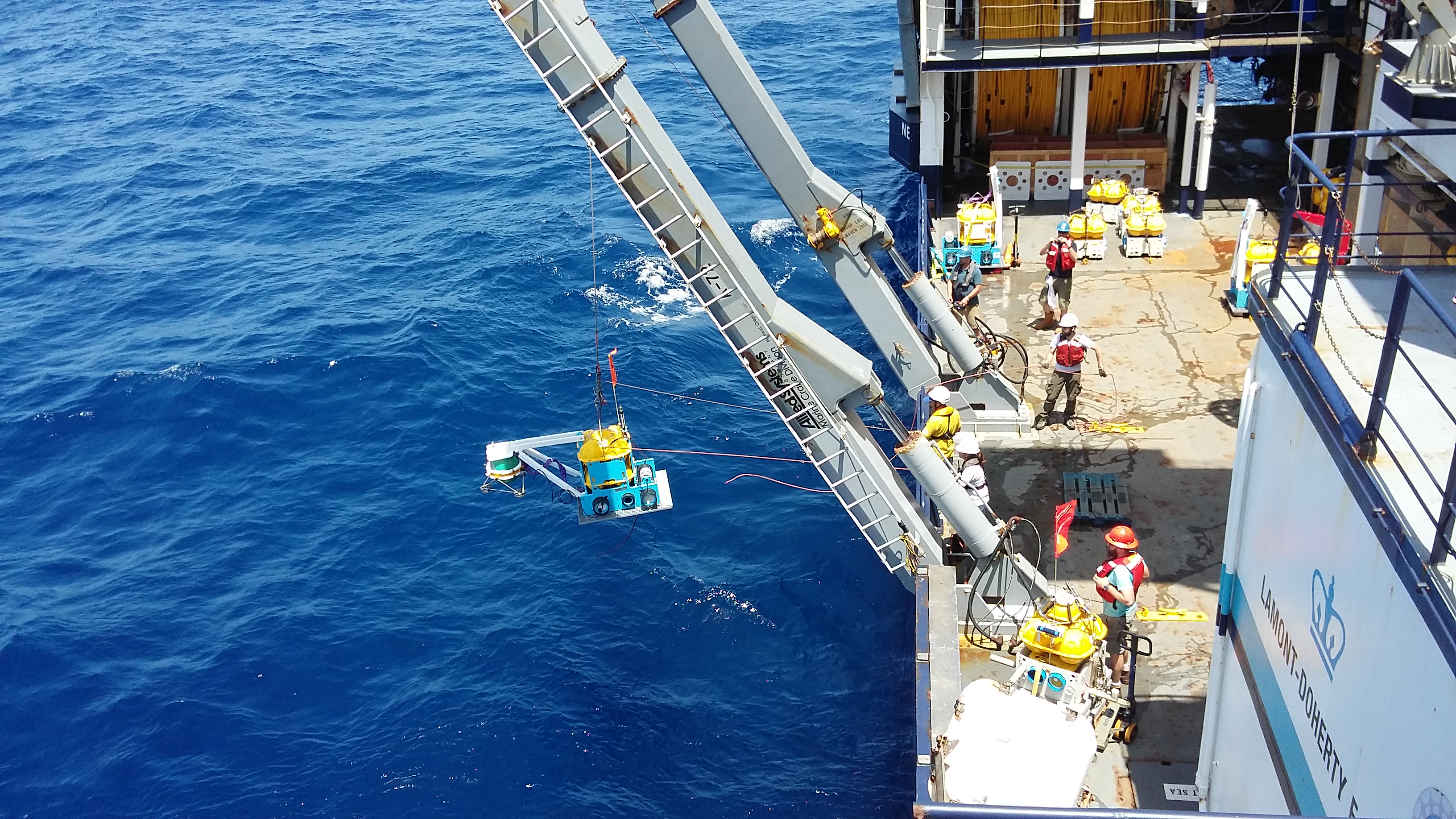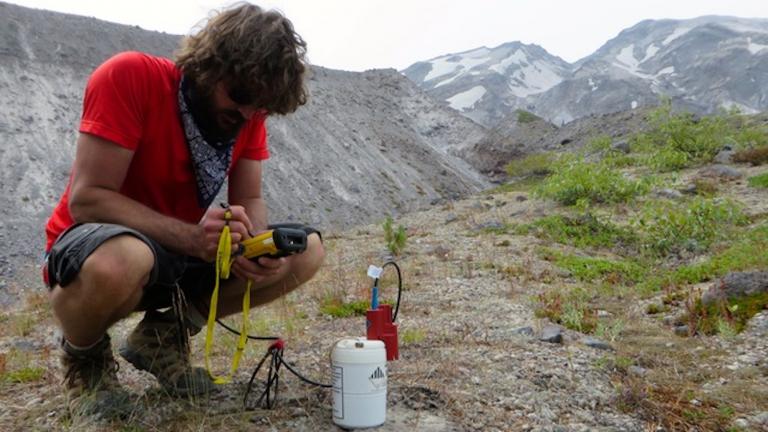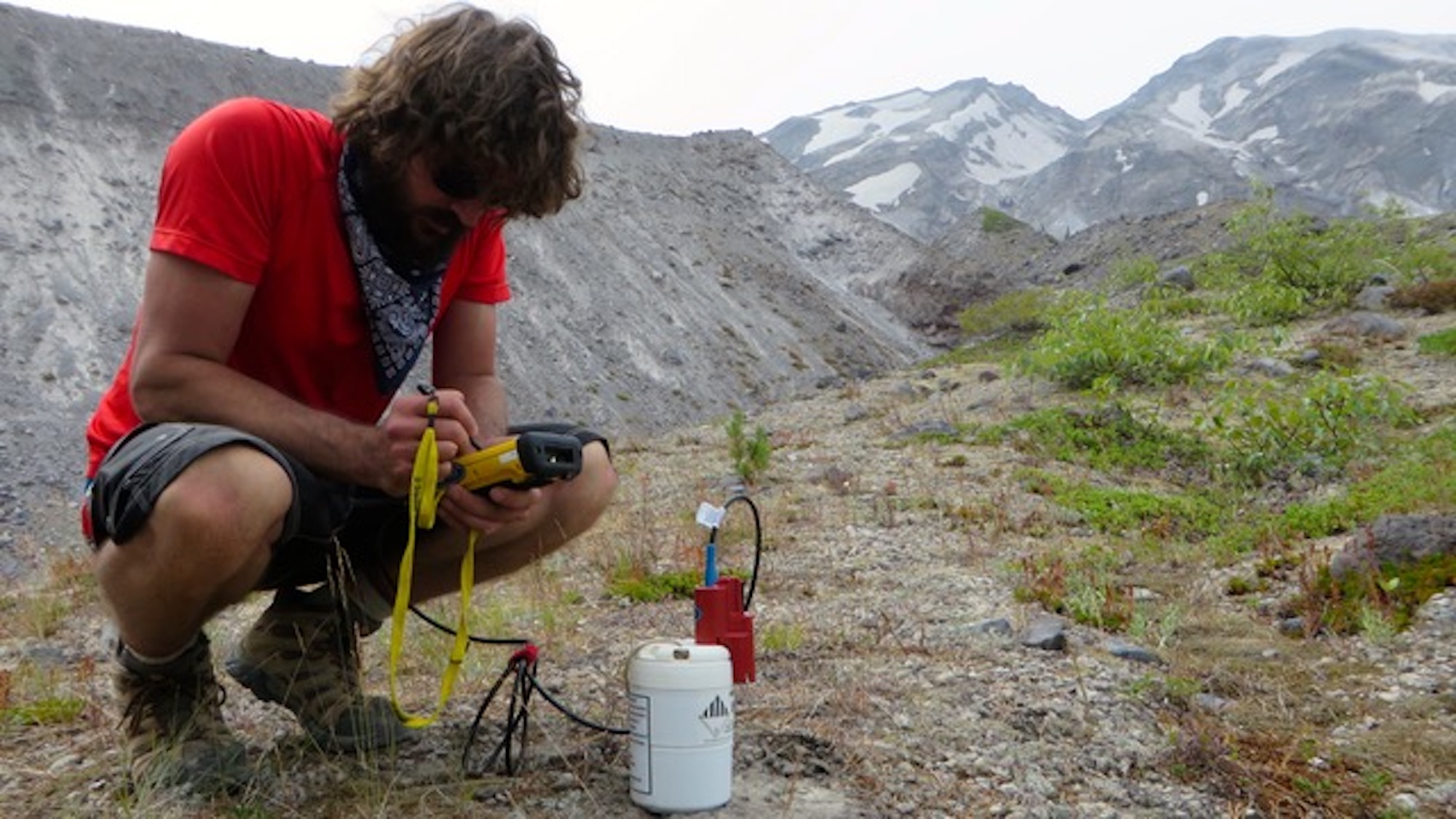Article Main Body

Ocean bottom seismometers pose challenges in power supply and data return
Image Credit: PILAB/Marcus Langseth
Seismology is benefitting from new technology allowing passive seismic acquisition, and the UK needs to decide how to make the most of this new technology. The 2019 New Advances in Geophysics meeting addressed the issues facing future UK seismologists.
Solid Earth geophysics has benefitted hugely over the past few years from arrays of broadband seismometers and smaller, simpler and significantly cheaper node instruments, that can be deployed densely over smaller areas. Passive seismic monitoring – all or most of the data, all the time – is transforming the research questions that geophysicists can ask. But the UK community is faced with organisational questions: what equipment do we as a community buy, to develop these new techniques, on land and at sea? Do we buy or do we lease instruments from the companies developing them, a model developed in the hydrocarbons industry? James Hammond gives an overview of the discussion at a British Geophysical Association New Advances in Geophysics meeting, planning for the future of this strong research community.
The meeting brought academics from the UK together with researchers and industry representatives worldwide. The talks demonstrated the potential of new techniques, on land, at sea and in novel situations. Ingenious solutions to problems of power and data return for ocean bottom seismometers came alongside demonstrations of field kit to be used for hundreds or thousands of seismic nodes.
 News
News


